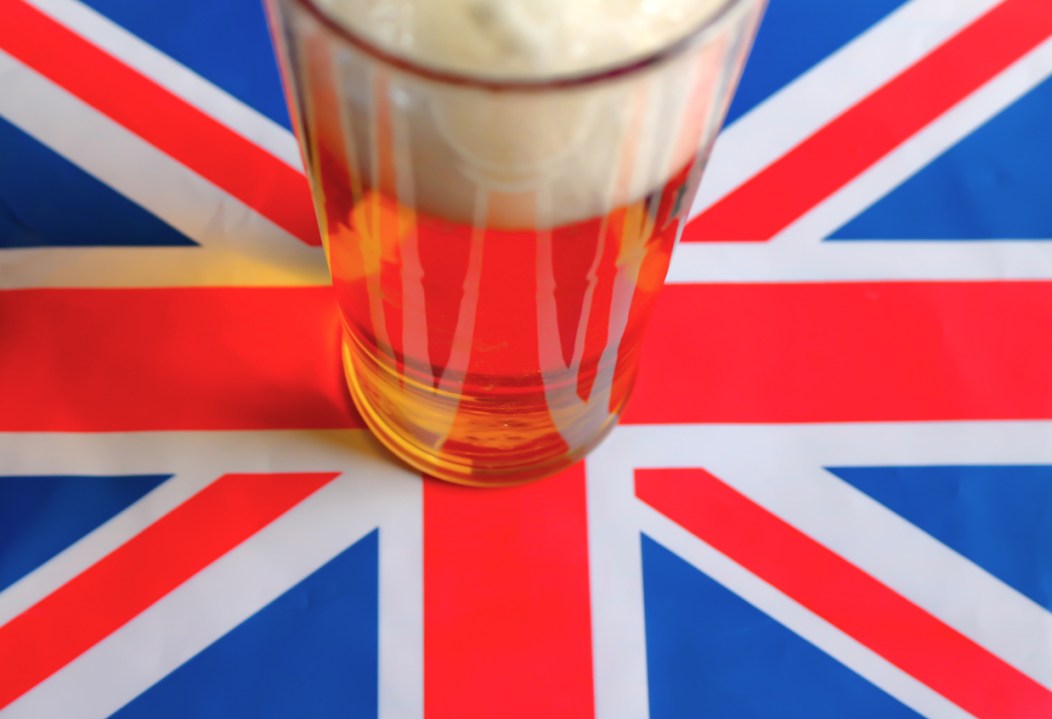For those of us who like kicking back a few pints in the summer sun, Samuel Smith Brewery’s decision to increase the strength of their Alpine Lager from 2.8 to 3.4 per cent has sparked much weeping and gnashing of teeth. Brits may be renowned the world over as lager louts, but there are some of us who actually enjoy the drink itself and want to rejoice in it without getting absolutely wrecked. Drinking for pleasure and refreshment rather than drunkenness is a novel idea for some, but the ‘weak’ Alpine Lager has sat at the apex of the quaffability index.
The craft beer revolution of the 2010s has changed the game
Lamentable though Sam Smith’s decision is, the situation has been infinitely worse in the past. Before the first world war, the average alcohol by volume of most beer drunk in England was around 6 or 7 per cent. Massive government intervention in wartime changed the nature of English drinking: the volume of production was cut, lower strengths were mandated, and severe limits on opening times reduced afternoon and evening sessions to several hours. (In that blessed age of English liberty before the war, pubs were often open for 19 hours a day from as early as 5 a.m.) In April 1917, state controllers limited beer production to 11.47 million standard barrels per year – less than one-third the level of 1914. The second world war saw similar measures introduced regarding the strength of beer. While the worst restrictions were temporary measures, it wasn’t until 1988 that pubs were allowed to stay open in the afternoon.
In the immediate aftermath of the second world war, the strength of most beers hovered between 3 and 4 per cent, but regional variations existed. Northern pints were generally weaker than southern ones, which inspired Tyneside Labour MP John McWilliam to campaign for percentages to be displayed on draught taps – still, alas, far from a universal practice today.
Pubgoers in those days overwhelmingly preferred ales, but when change came it came quickly. In 1965, lager accounted for only 2 per cent of sales. Within ten years, it was 20 per cent of all beer sold in pubs. By the height of New Labour in the 2000s, lager was the nation’s favourite with a 75 per cent market share. And with lager came strength: upwards of 5 per cent if you were drinking Stella Artois, Heineken, or Foster’s. For those of us preferring something less heavy and more refreshing, there was Beck’s Vier at its eponymous 4 per cent or the similar-strength Carlsberg.
The craft beer revolution of the 2010s has changed the game and put a bit more vim and moxie into the British brewing scene. Lighter, more drinkable session ales and table beers have proliferated from small producers, but not as quickly as many stronger and more niche varieties – strong concoctions often served in 1/3 or 2/3 pint glasses that scream ‘effete metropolitan’. Even the Church has got in on the act, with the Trappist monks of Mount Saint Bernard Abbey in Leicestershire brewing a delicious but knock-’em-dead ale at 7 per cent.
Give me a pint of good, tasty, refreshing light lager any sunny summer day over these mystical creations. If you want to prevent getting wasted you can always drink a mainstream lager and switch every second or third one out to a non-alcoholic lager. These – in the 0 to 0.5 neighbourhood – are increasing in availability but no brewer has yet managed to produce anything tasty in this range. Worse, when you order it bar staff tend to point out it’s alcohol-free just to make sure you’re aware – good service, but somehow emasculating.
The way our beer is taxed is influential. My beloved Alpine Lager had originally been 4.5 per cent but was lightened to 2.8 in 2011 when the coalition government chopped duty in half on all beers brewed at this percentage and below. This year ministers announced the cut rate on duty would be extended up to a strength of 3.4 per cent, which the brewers used to justify their decision to strengthen Alpine.
Sam Smith’s Brewery has sadly failed to realise the strength of Alpine’s weakness. There has been a downward trend of the main lagers, such as Carlsberg which has reached 3.8 (and which has announced they will move down to 3.4 this year as well) and Fosters at 3.7 per cent. But almost nothing exists in the peak quaffable-but-still-tasty range of 2 to 3 per cent. Many of Sam Smith’s loyal customers will mourn the passing of the Alpine decade and hope that some other brewery might take note of the open territory before them.







Comments